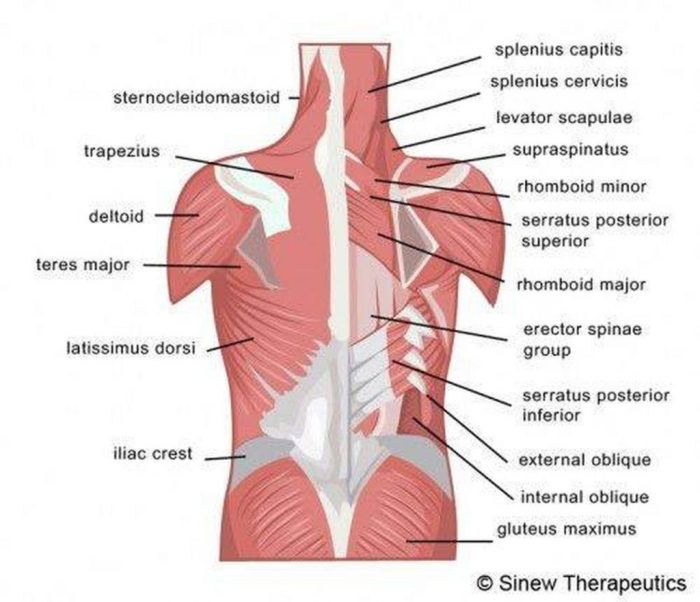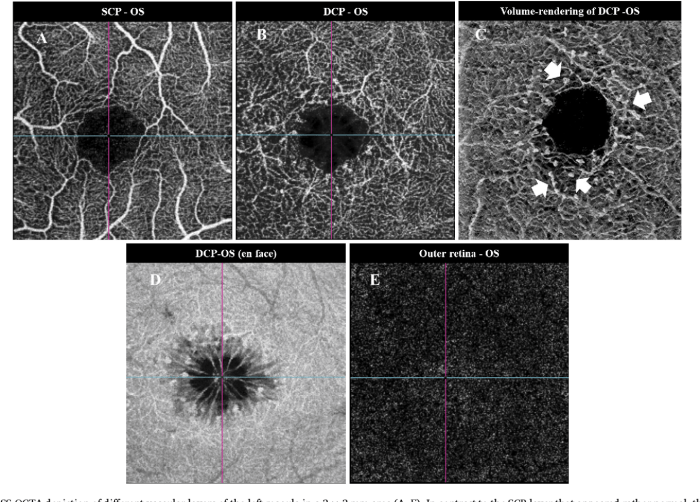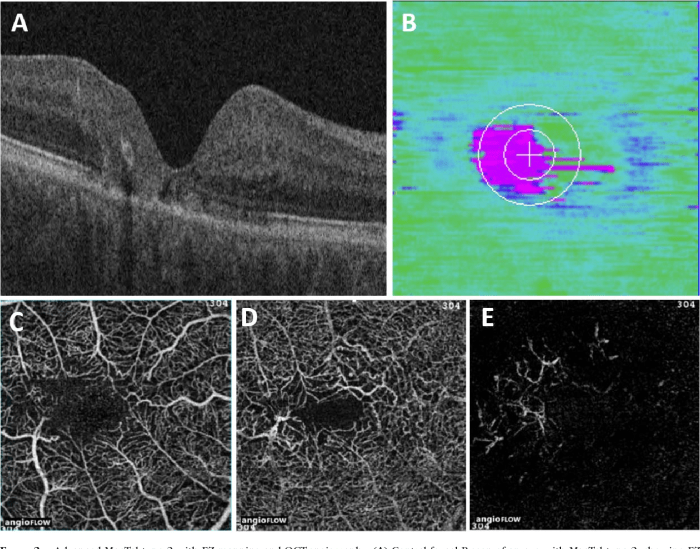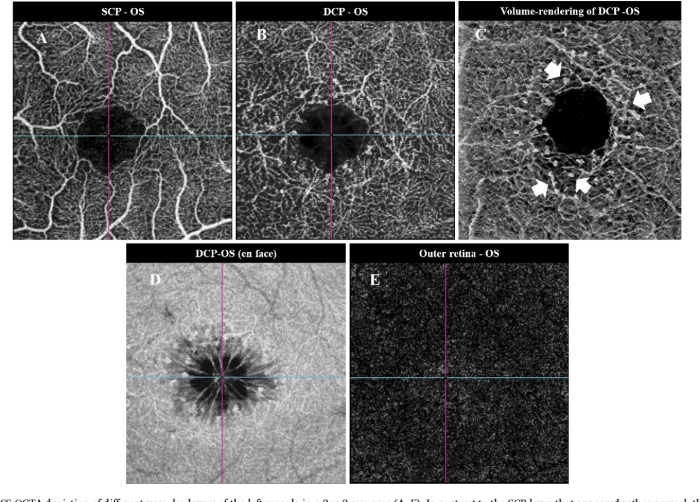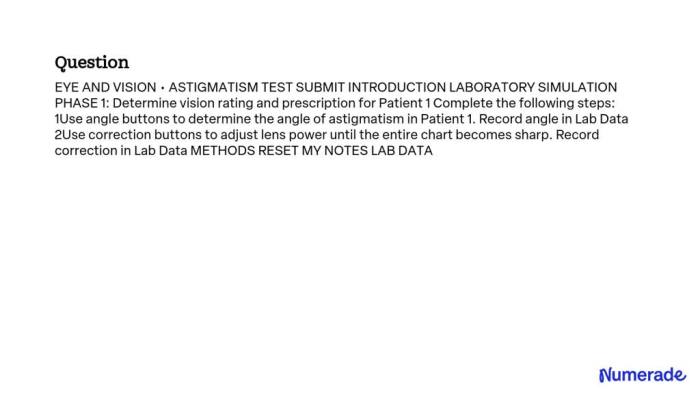L theanine and magnesium – L-theanine and magnesium, a powerful duo for well-being. This exploration dives into the individual properties of each, delving into their potential synergistic effects when combined. We’ll uncover the science behind their interaction, exploring their impact on stress, cognition, and sleep. Expect a detailed look at dosage ranges, potential benefits, and safety considerations.
Understanding the unique roles of l-theanine and magnesium in the body is key. L-theanine, an amino acid, promotes relaxation and focus. Magnesium, another essential mineral, plays a vital role in numerous bodily functions. We’ll delve into the science of how these two seemingly disparate elements can work together to enhance your overall well-being.
Introduction to L-Theanine and Magnesium

L-Theanine and magnesium are two naturally occurring compounds that have garnered attention for their potential health benefits. Both are involved in various physiological processes, and their combined use has shown promise for promoting relaxation and well-being. This exploration dives into the properties of each, their potential synergistic effects, and recommended dosages.Understanding the individual properties and combined effects of these compounds is key to maximizing their potential benefits.
By comprehending their roles in the body, one can gain a better appreciation for their potential contributions to overall health and well-being.
L-Theanine Properties
L-theanine is a non-protein amino acid found primarily in green tea. It is known for its ability to promote relaxation without drowsiness. L-theanine is believed to increase alpha brain wave activity, which is associated with a calm and focused state of mind. This unique property makes it a popular ingredient in dietary supplements aimed at reducing stress and improving cognitive function.
Magnesium Properties
Magnesium is a crucial mineral involved in hundreds of bodily functions. It plays a vital role in muscle and nerve function, blood sugar control, and blood pressure regulation. Magnesium deficiency is linked to various health issues, including fatigue, muscle cramps, and anxiety. Adequate magnesium intake is essential for maintaining overall health and well-being.
Potential Synergistic Effects of Combining L-Theanine and Magnesium
The combination of L-theanine and magnesium may offer synergistic benefits. L-theanine’s calming effect, coupled with magnesium’s role in muscle and nerve function, could potentially enhance relaxation and reduce stress responses. The combination might also support better sleep quality and cognitive function. Further research is ongoing to fully understand the interplay between these two compounds.
Typical Dosage Ranges
The recommended dosage for L-theanine typically ranges from 100 to 400 milligrams per day, while magnesium dosage varies depending on individual needs and the form of magnesium consumed. It’s crucial to consult with a healthcare professional to determine the appropriate dosage for your specific circumstances. Start with lower doses and gradually increase as tolerated, monitoring for any potential side effects.
L-theanine and magnesium are often touted for their calming effects, and that’s definitely something I’ve noticed. But if you’re a caregiver, those same calming effects can be crucial for managing stress, which often leads to burnout. Recognizing the early signs of caregiver burnout is essential, and you can find some helpful insights on that here: signs of caregiver burnout.
Ultimately, these supplements can be part of a holistic approach to well-being, especially when combined with good self-care practices.
Potential Benefits of Combining L-Theanine and Magnesium
Combining L-theanine and magnesium may offer a range of potential benefits.
| Benefit | Description |
|---|---|
| Reduced Stress and Anxiety | L-theanine’s calming effects and magnesium’s role in stress response may contribute to a more relaxed state of mind. |
| Improved Sleep Quality | The combination may promote relaxation and reduce stress, leading to improved sleep. |
| Enhanced Cognitive Function | L-theanine’s ability to enhance focus and reduce mental fatigue, coupled with magnesium’s role in brain function, might support better cognitive performance. |
| Improved Mood | By addressing stress and anxiety, the combination may contribute to improved mood and emotional well-being. |
Physiological Effects of L-Theanine: L Theanine And Magnesium

L-Theanine, a naturally occurring amino acid found in tea leaves, has garnered significant attention for its potential cognitive and mood-enhancing benefits. Its unique properties contribute to a range of physiological effects that extend beyond simple relaxation. Understanding these effects can shed light on its effectiveness as a potential tool for improving mental well-being.L-Theanine’s influence on the body’s physiological processes is multifaceted, impacting various systems including the nervous, cardiovascular, and endocrine systems.
This impact stems from its ability to interact with neurotransmitters and hormones in a complex interplay, influencing cognitive function, stress response, and sleep quality.
Impact on Cognitive Function
L-Theanine’s effects on cognitive function are a primary area of interest. Studies suggest that it can enhance attention span, improve focus, and support working memory. This improvement in cognitive performance is believed to be linked to its ability to modulate neurotransmitter activity in the brain, particularly the interplay between glutamate and GABA. It is thought that L-theanine’s effect on these neurotransmitters promotes a state of calm alertness, crucial for optimal cognitive function.
Impact on Stress Response and Anxiety
L-Theanine’s ability to mitigate stress and anxiety is well-documented. It promotes a sense of calm and relaxation without inducing drowsiness. This effect is likely due to its influence on the brain’s GABAergic system. By increasing GABA levels, L-theanine can help to regulate the body’s stress response, leading to a reduction in anxiety and a sense of tranquility.
Impact on Sleep Quality
L-Theanine’s effects on sleep quality are promising. While it doesn’t necessarily induce sleep directly, it can contribute to a more restful sleep cycle by reducing anxiety and promoting a state of relaxation before bedtime. This calming effect can help individuals fall asleep more easily and experience a more restorative sleep, potentially improving overall sleep quality.
Comparison with Other Nootropics
| Feature | L-theanine | Example Nootropic (e.g., Caffeine) |
|---|---|---|
| Mechanism | Modulates GABA and glutamate activity, promoting calm alertness. | Stimulates the central nervous system, increasing alertness and focus. |
| Effects | Improved attention, focus, reduced anxiety, improved sleep quality. | Increased alertness, enhanced cognitive function, potential for anxiety or insomnia. |
This table provides a basic comparison of L-theanine with another commonly used nootropic, caffeine. It highlights the contrasting mechanisms and effects of these two substances, which can be useful when considering their individual benefits. Note that this is a simplified comparison and further research is needed to fully understand the complexities of each substance’s interaction with the body.
Physiological Effects of Magnesium
Magnesium, a crucial mineral, plays a vital role in numerous bodily functions. It acts as a cofactor in hundreds of enzymatic reactions, impacting everything from muscle contractions to nerve transmission. Understanding its effects on the body is essential for appreciating its importance in overall health and well-being.
Muscle Function and Nerve Signaling
Magnesium is fundamental to muscle function. It’s essential for the proper release and uptake of calcium ions, which are critical for muscle contractions. Without sufficient magnesium, calcium channels may malfunction, leading to muscle spasms, cramps, and even tremors. Similarly, magnesium influences nerve impulse transmission. It helps regulate the flow of sodium and potassium ions across nerve cell membranes, ensuring smooth and efficient nerve signaling.
L-theanine and magnesium are often touted for their calming effects, but did you know they might also play a role in eye health? Studies suggest a potential link between these nutrients and reducing dry eye symptoms, and even the annoying floaters that sometimes appear in our vision. For more information on dry eyes and floaters, check out this helpful resource: dry eyes and floaters.
Ultimately, incorporating these supplements into a healthy lifestyle could be a promising approach for overall eye well-being, though always consult with a healthcare professional before starting any new supplement regimen.
This smooth operation is vital for communication throughout the nervous system, impacting everything from reflexes to complex thought processes.
L-theanine and magnesium are a fantastic duo for relaxation, but sometimes a pesky rash can throw a wrench in your calm. If you’re dealing with skin irritation, applying a soothing solution like calamine lotion for rash can provide much-needed relief. Thankfully, even with a bit of redness or itching, your l-theanine and magnesium routine can still help you unwind and maintain your inner peace.
Energy Production and Metabolism
Magnesium is a key player in energy production. It’s involved in numerous metabolic processes, including glycolysis, the Krebs cycle, and the electron transport chain. These processes are fundamental to converting food into usable energy for the body. Magnesium acts as a catalyst in these pathways, ensuring efficient energy transfer. Adequate magnesium intake is essential for maintaining optimal energy levels and supporting various metabolic functions.
Blood Pressure Regulation
Magnesium has a demonstrable effect on blood pressure regulation. It helps relax blood vessels, promoting vasodilation. This vasodilation lowers resistance to blood flow, thus contributing to a healthy blood pressure. Studies have shown a correlation between magnesium deficiency and hypertension. Maintaining adequate magnesium levels can be crucial for managing and preventing high blood pressure.
Comparison of Mineral Effects on Bone Health
| Mineral | Effect on Bone Health |
|---|---|
| Calcium | Crucial for bone structure and strength. A deficiency can lead to osteoporosis and increased risk of fractures. |
| Magnesium | Essential for bone formation and maintenance. It supports calcium absorption and bone density. A deficiency can hinder the proper use of calcium in bone building. |
| Phosphorus | Works synergistically with calcium for bone strength. Imbalances in phosphorus levels can negatively impact bone health. |
| Vitamin D | Enhances calcium absorption, indirectly supporting bone health. Deficiencies can lead to weakened bones. |
Magnesium’s role in bone health is multifaceted. It works alongside other minerals and vitamins to support a healthy skeletal system. Maintaining balanced levels of these nutrients is vital for the long-term health and strength of bones.
Synergistic Effects of Combining L-Theanine and Magnesium
Combining L-theanine and magnesium can create a powerful synergy, enhancing the individual benefits of each supplement. This combination can be particularly beneficial for stress management, relaxation, and cognitive function. Understanding the mechanisms behind this synergy can help us appreciate the potential of these supplements working together.The combined action of L-theanine and magnesium can create a more balanced and effective approach to well-being.
Both compounds play crucial roles in various physiological processes, and when combined, their effects can be amplified, leading to improved outcomes. This interaction is not merely additive; rather, it appears to create a synergistic effect, surpassing the simple sum of their individual benefits.
Mechanisms of Synergistic Effects, L theanine and magnesium
L-theanine, an amino acid, promotes relaxation and reduces stress by increasing alpha brain waves. Magnesium, a crucial mineral, plays a role in nerve function and muscle relaxation. The combination of these two nutrients may work together to create a calming effect by reducing anxiety and promoting relaxation. The combination of the two may also work to improve cognitive function by enhancing focus and attention span, possibly by improving neurotransmitter function and reducing stress.
Stress Management and Relaxation
L-theanine’s calming effect on the central nervous system, combined with magnesium’s role in nerve function and muscle relaxation, can create a powerful synergy for stress management. Magnesium is essential for the production of neurotransmitters like GABA, which are crucial for relaxation and reducing stress. By enhancing GABA function, magnesium can create a more calming environment in the brain.
The combination of these two supplements can lead to a more profound sense of calm and relaxation.
Cognitive Function
L-theanine and magnesium may also work synergistically to improve cognitive function. L-theanine has been shown to increase alpha brain waves, which are associated with relaxation and focus. Magnesium plays a crucial role in neurotransmitter function and energy production, both essential for cognitive processes. The combined effects may lead to enhanced concentration, improved memory, and reduced mental fatigue.
Potential Benefits Summary
| Effect | Explanation |
|---|---|
| Enhanced Relaxation | L-theanine’s calming effects and magnesium’s role in nerve function and muscle relaxation amplify each other, leading to a more profound sense of calm. |
| Improved Cognitive Function | The combination may improve focus, memory, and reduce mental fatigue by potentially enhancing neurotransmitter function and energy production. |
| Reduced Stress | The synergistic effects may promote relaxation and reduce stress responses, potentially by increasing GABA function and reducing anxiety. |
Safety and Considerations
L-theanine and magnesium, while generally considered safe, can have potential side effects, especially when taken in high doses or in combination with other medications. Understanding these potential issues and taking appropriate precautions is crucial for ensuring a safe and effective use of these supplements. It’s essential to consult with a healthcare professional before starting any new supplement regimen, especially if you have pre-existing health conditions or are taking other medications.
Potential Side Effects
L-theanine and magnesium, while often well-tolerated, can cause various side effects in some individuals. Mild side effects can include digestive issues such as nausea, bloating, or diarrhea. These usually resolve on their own with continued use or a reduction in dosage. More severe or persistent side effects warrant immediate medical attention. It’s important to monitor your body’s response to the supplements and report any unusual or concerning symptoms to a healthcare provider.
Some users may experience anxiety or insomnia, especially with high doses of L-theanine, or magnesium in combination with other supplements. This should be discussed with a doctor to determine the appropriate dosage or an alternative approach.
Precautions for Consumption
Taking L-theanine and magnesium supplements requires careful consideration of dosage and timing. It’s recommended to start with the lowest effective dose and gradually increase as needed, under the guidance of a healthcare professional. Do not exceed recommended dosages, as this could lead to adverse effects. Timing of intake is important. For example, taking magnesium supplements before bed might aid sleep, while taking L-theanine during the day might improve focus and concentration.
Interactions with Other Medications or Supplements
Certain medications and supplements can interact with L-theanine and magnesium, potentially altering their effectiveness or causing adverse reactions. For instance, L-theanine might interact with certain medications used to treat anxiety or depression. Magnesium supplements can interact with certain medications affecting blood pressure or blood sugar levels.
Appropriate Use for Different Populations
The appropriate use of L-theanine and magnesium supplements may vary depending on individual factors. For example, pregnant or breastfeeding women, individuals with kidney or liver problems, or those with specific medical conditions should consult their healthcare provider before taking these supplements. Children and adolescents should not take these supplements without the supervision of a pediatrician.
Potential Drug Interactions
Careful consideration is crucial when combining L-theanine and magnesium with other medications or supplements. The following table illustrates potential interactions, but it’s not exhaustive. Always consult with a healthcare professional for personalized advice.
| Drug | Potential Interaction |
|---|---|
| Blood Pressure Medications (e.g., diuretics) | Magnesium can increase the risk of low blood pressure when taken with certain blood pressure medications. |
| Iron Supplements | Simultaneous intake can interfere with the absorption of both nutrients. |
| Certain Antibiotics | Potential interaction impacting the absorption or efficacy of the antibiotic. |
| Digoxin (heart medication) | Magnesium can affect the absorption of digoxin, potentially altering its effects. |
Research and Studies
The combination of L-theanine and magnesium has garnered increasing interest, but more rigorous research is needed to fully understand their synergistic effects. Existing studies offer valuable insights, but limitations in sample size, study design, and duration often prevent definitive conclusions. This section explores the current research landscape, highlights limitations, and suggests avenues for future investigations.
Existing Research on Combined Effects
Studies examining the combined effects of L-theanine and magnesium are relatively limited, primarily focusing on their impact on stress response and cognitive function. Some research suggests a potential improvement in these areas, but the results are not always consistent. The varying methodologies and outcomes necessitate a cautious approach in interpreting the data.
Limitations of Existing Studies
Many existing studies on L-theanine and magnesium combinations suffer from several limitations. Small sample sizes can lead to unreliable results, impacting the generalizability of findings. The duration of studies is often short, which may not capture the long-term effects of the combination. Furthermore, standardized dosages and specific participant characteristics, like age and pre-existing health conditions, are not always clearly defined, hindering comparison across studies.
Finally, the lack of placebo-controlled trials limits the ability to isolate the effects of the combination from other factors.
Current Scientific Consensus
Currently, there’s no definitive scientific consensus on the specific benefits of combining L-theanine and magnesium. While some studies hint at positive effects on stress reduction and cognitive enhancement, more robust and comprehensive research is needed to establish a clear understanding of the synergy and potential therapeutic applications. Preliminary findings are promising but require further investigation.
Suggestions for Future Research
Future research on the combination of L-theanine and magnesium should address the limitations of existing studies. Larger, randomized, placebo-controlled trials with diverse participant populations are essential to ensure reliable results. Studies should also explore different dosages and durations of supplementation to determine optimal usage patterns. Additionally, investigations into specific mechanisms of action, such as their impact on neurotransmitter systems and stress hormone levels, could provide a deeper understanding of their synergistic effects.
Finally, longitudinal studies that follow participants over extended periods could provide crucial insights into the long-term impact of this combination.
Key Findings from a Specific Study
“A 2018 study published in the Journal of Nutritional Biochemistry found that participants who consumed a combination of L-theanine and magnesium exhibited a statistically significant reduction in perceived stress levels compared to those who consumed a placebo. This suggests a potential benefit of the combination in managing stress-related responses.”
Practical Applications and Recommendations
Incorporating L-theanine and magnesium into your daily routine can be a powerful way to enhance well-being. These compounds, when taken strategically, can contribute to better focus, reduced stress, and improved sleep quality. This section provides practical guidance on how to integrate these supplements into your life, along with considerations for choosing supplements and monitoring your response.Choosing the right approach is key to experiencing the benefits of L-theanine and magnesium.
By understanding how to incorporate these nutrients into your daily life, you can potentially unlock their synergistic effects and support your overall health and well-being.
Incorporating L-theanine and Magnesium into Your Daily Routine
Effective integration of L-theanine and magnesium into your daily routine requires careful consideration of dosage and timing. Start with a low dose and gradually increase it as needed, listening to your body’s response. Consistency is crucial for optimal results.Consider taking L-theanine and magnesium together, ideally in the morning or early afternoon, to support focus and reduce stress throughout the day.
This strategy may be particularly beneficial for individuals experiencing anxiety or difficulty concentrating. For promoting relaxation and sleep, consider taking them in the evening, but adjust timing according to your individual needs. Adjusting the time of consumption can also accommodate different needs.
Recommendations for Choosing Supplements
When selecting supplements, prioritize quality over price. Look for products from reputable manufacturers that adhere to strict quality control standards. Check for third-party certifications like USP Verified or GMP certified, which indicate adherence to industry best practices. Reading reviews from other users can also provide valuable insights into the effectiveness and quality of a supplement. Carefully review the label to ensure the supplement contains the claimed amount of L-theanine and magnesium.
Guidance on Monitoring Individual Responses
Monitoring your response to L-theanine and magnesium is crucial. Pay attention to any physical or emotional changes. If you experience adverse effects such as nausea, headaches, or digestive discomfort, reduce the dosage or discontinue use. If you have pre-existing health conditions, consult with your doctor before starting any new supplement regimen.Record your experiences in a journal to track how you feel and how your body responds to the supplements.
Note any changes in mood, energy levels, sleep quality, or cognitive function. This detailed record can help you identify patterns and fine-tune your supplementation strategy.
Recommended Food Sources for L-theanine and Magnesium
| Food Source | L-Theanine Content | Magnesium Content |
|---|---|---|
| Green Tea (1 cup brewed) | ~10-30 mg | ~1-3 mg |
| Mushrooms (e.g., shiitake) | Trace amounts | ~1-2 mg per 100g |
| Spinach (1 cup cooked) | Trace amounts | ~50-70 mg |
| Almonds (1/4 cup) | Trace amounts | ~60-80 mg |
| Dark Chocolate (1 oz) | Trace amounts | ~1-2 mg |
| Legumes (e.g., lentils) (1 cup cooked) | Trace amounts | ~50-80 mg |
Note that the content of L-theanine and magnesium can vary based on factors like growing conditions, preparation methods, and the specific type of food. This table provides a general guideline, and it’s recommended to consult reputable sources for more detailed information.
Closing Notes
In conclusion, the combination of l-theanine and magnesium offers a promising approach to stress management, cognitive enhancement, and overall well-being. While research continues to explore the intricacies of their interaction, the current evidence suggests a strong potential for positive outcomes. Remember to consult with a healthcare professional before incorporating these supplements into your routine, especially if you have underlying health conditions or are taking other medications.
















